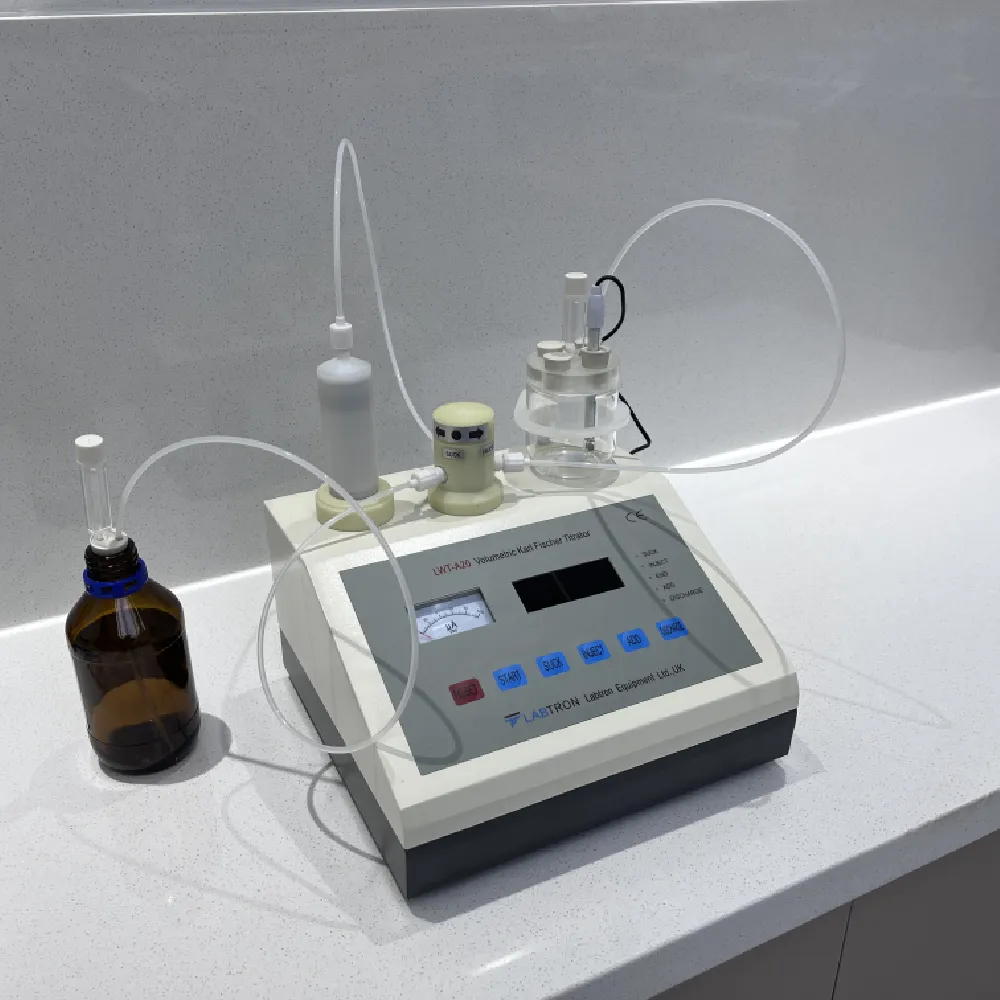 English
English



-
 Afrikaans
Afrikaans -
 Albanian
Albanian -
 Amharic
Amharic -
 Arabic
Arabic -
 Armenian
Armenian -
 Azerbaijani
Azerbaijani -
 Basque
Basque -
 Belarusian
Belarusian -
 Bengali
Bengali -
 Bosnian
Bosnian -
 Bulgarian
Bulgarian -
 Catalan
Catalan -
 Cebuano
Cebuano -
 China
China -
 China (Taiwan)
China (Taiwan) -
 Corsican
Corsican -
 Croatian
Croatian -
 Czech
Czech -
 Danish
Danish -
 Dutch
Dutch -
 English
English -
 Esperanto
Esperanto -
 Estonian
Estonian -
 Finnish
Finnish -
 French
French -
 Frisian
Frisian -
 Galician
Galician -
 Georgian
Georgian -
 German
German -
 Greek
Greek -
 Gujarati
Gujarati -
 Haitian Creole
Haitian Creole -
 hausa
hausa -
 hawaiian
hawaiian -
 Hebrew
Hebrew -
 Hindi
Hindi -
 Miao
Miao -
 Hungarian
Hungarian -
 Icelandic
Icelandic -
 igbo
igbo -
 Indonesian
Indonesian -
 irish
irish -
 Italian
Italian -
 Japanese
Japanese -
 Javanese
Javanese -
 Kannada
Kannada -
 kazakh
kazakh -
 Khmer
Khmer -
 Rwandese
Rwandese -
 Korean
Korean -
 Kurdish
Kurdish -
 Kyrgyz
Kyrgyz -
 Lao
Lao -
 Latin
Latin -
 Latvian
Latvian -
 Lithuanian
Lithuanian -
 Luxembourgish
Luxembourgish -
 Macedonian
Macedonian -
 Malgashi
Malgashi -
 Malay
Malay -
 Malayalam
Malayalam -
 Maltese
Maltese -
 Maori
Maori -
 Marathi
Marathi -
 Mongolian
Mongolian -
 Myanmar
Myanmar -
 Nepali
Nepali -
 Norwegian
Norwegian -
 Norwegian
Norwegian -
 Occitan
Occitan -
 Pashto
Pashto -
 Persian
Persian -
 Polish
Polish -
 Portuguese
Portuguese -
 Punjabi
Punjabi -
 Romanian
Romanian -
 Russian
Russian -
 Samoan
Samoan -
 Scottish Gaelic
Scottish Gaelic -
 Serbian
Serbian -
 Sesotho
Sesotho -
 Shona
Shona -
 Sindhi
Sindhi -
 Sinhala
Sinhala -
 Slovak
Slovak -
 Slovenian
Slovenian -
 Somali
Somali -
 Spanish
Spanish -
 Sundanese
Sundanese -
 Swahili
Swahili -
 Swedish
Swedish -
 Tagalog
Tagalog -
 Tajik
Tajik -
 Tamil
Tamil -
 Tatar
Tatar -
 Telugu
Telugu -
 Thai
Thai -
 Turkish
Turkish -
 Turkmen
Turkmen -
 Ukrainian
Ukrainian -
 Urdu
Urdu -
 Uighur
Uighur -
 Uzbek
Uzbek -
 Vietnamese
Vietnamese -
 Welsh
Welsh -
 Bantu
Bantu -
 Yiddish
Yiddish -
 Yoruba
Yoruba -
 Zulu
Zulu
gc chromatography
Gas Chromatography An Overview
Gas chromatography (GC) is a powerful analytical technique used for separating and analyzing compounds that can vaporize without decomposition. It is widely utilized in various fields, including chemistry, biochemistry, environmental science, and food safety. This technique offers a rapid and efficient method for qualitative and quantitative analysis of volatile and semi-volatile substances, making it indispensable in modern laboratories.
Gas Chromatography An Overview
One of the key advantages of GC is its extraordinary sensitivity and resolution. The separation of compounds occurs as they travel through the column, with each component eluting at different times, known as retention times. This allows for the identification of individual components based on their specific characteristics. Equipment such as flame ionization detectors (FID) or mass spectrometers (MS) is commonly coupled to GC to enhance detection capabilities and facilitate the analysis of complex samples.
gc chromatography

In practical applications, gas chromatography is extensively used for analyzing environmental samples, such as air, water, and soil, to detect pollutants and toxins. For instance, volatile organic compounds (VOCs) present in emissions can be quantified to ensure compliance with environmental regulations. In the pharmaceutical industry, GC is employed for the analysis of drug purity and stability, ensuring that pharmaceutical products meet required standards for safety and efficacy. Furthermore, the food industry relies on GC to monitor flavor and aroma compounds, as well as to detect contaminants like pesticides and additives.
The choice of column and operating conditions plays a crucial role in the efficiency of gas chromatography. Parameters such as column length, diameter, and temperature, as well as the flow rate of the carrier gas, can significantly influence separation quality. Optimization of these parameters is essential to achieve the desired resolution and sensitivity for specific applications. Advanced techniques, such as multidimensional gas chromatography (MDGC), are also being developed to increase the separation power further and analyze complex mixtures more effectively.
Despite its many advantages, gas chromatography does have limitations. It is primarily suited for volatile and semi-volatile compounds, which means non-volatile substances cannot be analyzed directly through this technique. This has led to the development of various sample preparation methods, such as derivatization, to make non-volatile compounds amenable to gas chromatography. Furthermore, the need for volatile solvents can raise concerns about environmental impact and safety, necessitating the pursuit of greener alternatives.
In conclusion, gas chromatography remains a cornerstone of analytical chemistry, characterized by its speed, sensitivity, and versatility. From environmental monitoring to pharmaceutical testing and food safety analysis, its applications are vast and varied. As technology advances and new methods continue to evolve, gas chromatography is poised to maintain its relevance and effectiveness in scientific research and industrial applications, contributing greatly to our understanding of complex mixtures and improving public safety. Researchers and analysts rely on this technique to provide critical data, ensuring that the products we consume and the environment we inhabit are safe and well-regulated.
-
Testing Equipment Industry Sees Major Advancements in 2025: Smart & Precision Technologies Lead the WayNewsJun.06,2025
-
Applications of Direct Current Generators in Renewable Energy SystemsNewsJun.05,2025
-
Hipot Tester Calibration and Accuracy GuidelinesNewsJun.05,2025
-
Digital Circuit Breaker Analyzer Features and BenefitsNewsJun.05,2025
-
Benefits of Real-Time Power Quality Monitoring Devices for Industrial EfficiencyNewsJun.05,2025
-
Earth Fault Loop Testing in High-Rise Building Electrical SystemsNewsJun.05,2025



